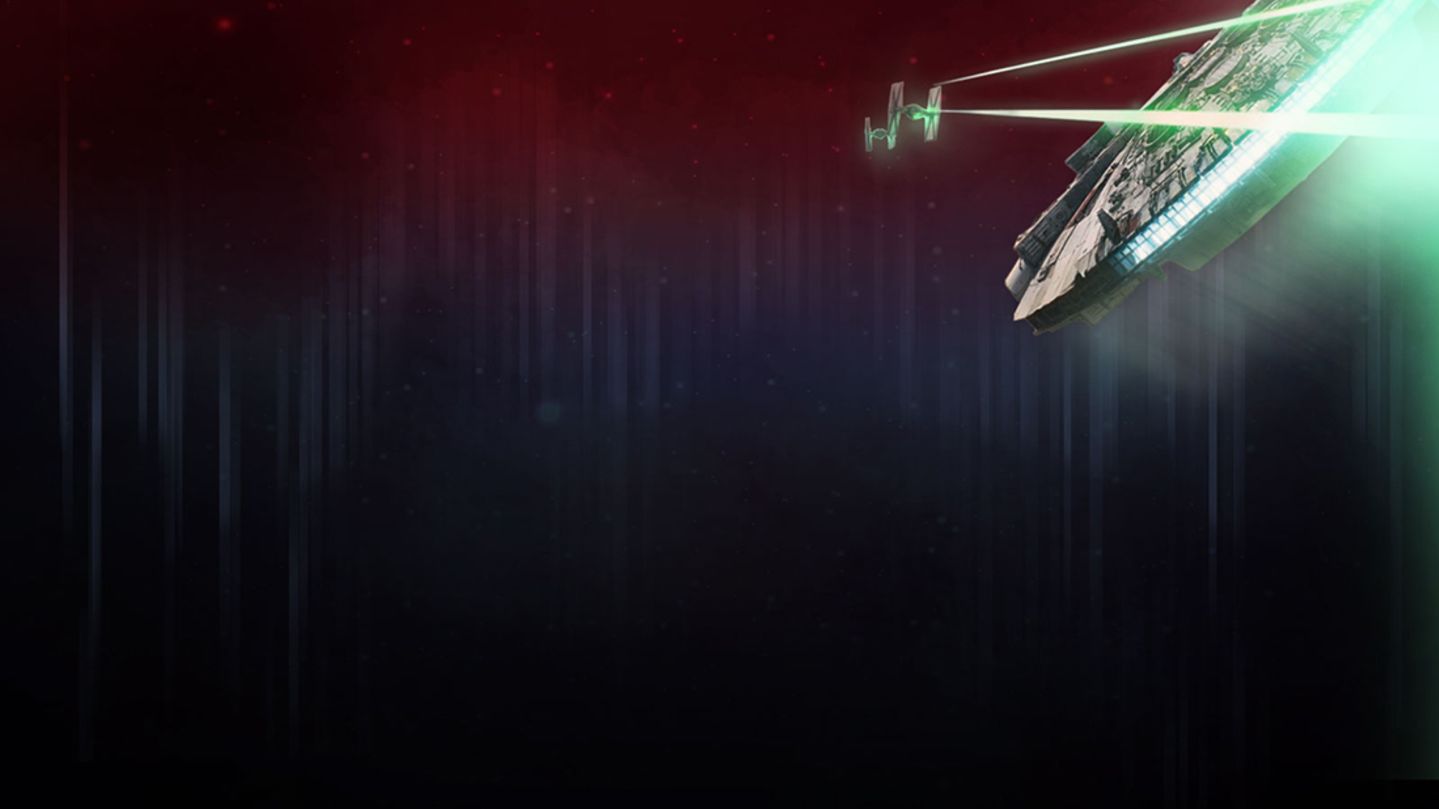Editor’s Note: Dr. Don Lincoln is a senior physicist at Fermilab who does research using the Large Hadron Collider. He has written numerous books and produces a series of science education videos. He is the author of, most recently, “The Large Hadron Collider: The Extraordinary Story of the Higgs Boson and Other Things that Will Blow Your Mind.” Follow him on Facebook. The opinions expressed in this commentary are solely those of the author.
Story highlights
For space travel, "Star Wars" has hyperspace and "Star Trek" has warp drive
Don Lincoln: Can we really travel at faster than speed of light in our universe?
“She’ll make point five past light speed.” With Han Solo’s boast of the Millennium Falcon’s performance in the original “Star Wars” movie, an epic adventure began.
As the latest installment of the space saga opens nationwide this week, fans rejoice. The franchise, which began in 1977, has captured the imagination of millions worldwide. With a blast of its mighty engines, the starship Millennium Falcon fled the surface of the planet Tatooine and launched itself into history.

For all the fun gadgets and gizmos we’ve encountered in the movie, it’s worth noting that the ship engines are pivotal to the plot. Without the ability to navigate at speed faster than light, the movie would have been extremely dull, with long periods of travel, punctuated by occasional adventures.
So what about faster than light travel in our own universe? What prospects are there for humanity to leave our own birthplace and explore the cosmos?
'Star Wars': An epic is born
According to the known laws of physics, traveling faster than light is impossible, so any answer is inherently a matter of judgment, opinion and scientific intuition, all seasoned with a dollop of wild imagination.
In “Star Wars,” the method of travel is called “hyperspace.” While entirely theoretical, hyperspace is kind of a space parallel to our own, in which the ordinary laws of physics do not apply. In hyperspace, regular speed limits are nonexistent.
For example, a fast ship can cross the galaxy at speeds 100,000 times faster than light. After traveling through hyperspace, a ship makes the transition back to ordinary space and life can proceed in the familiar way. Since the laws of physics are suspended in hyperspace, there is no problem with issues of time dilation of the sorts described by Einstein’s theory of relativity for people traveling at velocities near the speed of light.
Highlights of the 'Star Trek' universe
In contrast, in the “Star Trek” franchise, starships are said to use warp drive to travel through space. In this representation of faster than light travel, there is said to exist something called “subspace,” which is a kind of space “under” ordinary space. By using antimatter and the fictional chemical element dilithium, engines supposedly form a bubble of ordinary space around the spaceship and the bubble moves through subspace at superluminal velocities. This bubble also protects against time dilation effects.
So you might ask, which of these ideas is a candidate for real faster than light technology?
Sadly, the answer is neither. There is simply no scientific evidence to support the existence of a hyperspace or subspace.
However, there are ideas that are at least somewhat consistent with known science. For instance, in 1994, Mexican theoretical physicist Miguel Alcubierre discovered a solution to the equations of Einstein’s theory of general relativity that some have called a warp drive. (This is the same name as the technology in “Star Trek,” but the similarity ends there.)
Using the well-known idea that relativity explains the effects of gravity by bending and warping space, Alcubierre’s solution would compress space in front of the spaceship and expand the space behind it, while leaving space around the ship itself undistorted. In this way, the compressed space in front of the ship would be shorter than without the distortion and thereby a spaceship could travel that distance more quickly.
Star Wars destinations
There are many problems with Alcubierre’s solution. For one thing, the ship needs to generate a negative energy density, which requires the existence of some kind of exotic and undiscovered matter. The amount of energy required would be very large, in fact, larger than the mass energy of the entire universe.
Work by subsequent theorists have found modifications to Alcubierre’s solution that have reduced the needed amount of exotic mass. But that exotic form of matter may not exist, making such efforts entirely moot. In addition, Alcubierre’s approach neglects the effects of quantum mechanics and some scientists suspect that when those effects are properly included, then the entire Alcubierre approach will be invalidated. Still, the idea remains theoretically tenable and some scientists continue to explore it.
A new look at the faces of 'Star Wars: The Force Awakens'
These investigations are unlikely to lead to a faster than light spaceship in the foreseeable future. So what options are available to would-be intrepid explorers of the Milky Way?
Travel at sub-light speed is the only real way to investigate our nearby stellar neighborhood. While it would require substantial technological development, a spaceship traveling at 10% the speed of light would reach the nearest star in 40 years – a long time to be sure, but a trip that is at least reasonable in terms of human lifetime.
That we might only explore the galaxy at speed slower than light is a humbling one, for space is vast and human life is short. Yet that is the most likely future for interstellar travelers. If mankind is to first scout and then colonize the galaxy, the process will unfold very slowly.
While nobody would be more excited than me to be proven wrong, the ideas of hyperspace, warp drive and the myriad science fiction plot devices to explore the cosmos are likely to remain in the fertile fantasies of creative minds.
Sadly, for those who yearn to travel the universe like the characters in the exciting new movie “The Force Awakens,” the only thing they can do is to keep dreaming.
Join us on Facebook.com/CNNOpinion.
Read CNNOpinion’s Flipboard magazine.


















































































